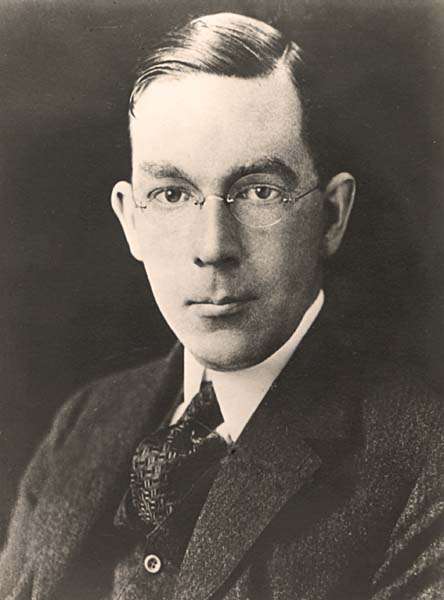Leonard Thompson Troland
Leonard Thompson Troland

Leonard Troland was born April 26, 1889 in Norwalk, Conn. He received his S.B. degree in biochemistry at the Massachusetts Institute of Technology in 1912. He then studied psychology at Harvard from 1912 to 1915, receiving a Ph.D. in 1915.
As a Harvard Traveling Fellow, Troland spent a year in Cleveland at the Nela Park Research Laboratory of the General Electric Company, where he undertook his first research in physiological optics (flicker and heterochromatic photometry, afterimages,and the Purkinje phenomenon) He then returned to Harvard as an instructor in psychology in 1916, and in 1922 was promoted to assistant professor.
Troland’s varied interests lead him to publish about 40 articles in scientific journals, mostly in vision and psychology, in addition to writing long chapters in several handbooks of psychology. He maintained his teaching and research schedule at Harvard while also consulting with engineering firms and working for the U.S. Navy during World War I.
Torland’s war research dealt with the development of acoustical submarine-detecting devices. At Harvard, Troland gave advanced courses in psychology, and is said to have been one of the earliest to use the term “motivation” as a psychological mechanism. He followed up his 1926 book The Mystery of Mind with Fundamentals in Human Motivation in 1928.
In 1918 became a research engineer with Kalmus, Comstock and Wescott, Inc, a scientific engineering firm in Boston. With them he served as chief engineer of the Technicolor Motion Picture Corporation of California, an affiliate of the consulting firm. He devised and patented nearly all the photographic and mechanical apparatus for color motion pictures. In 1925 Troland was made director of research and process control. In 1929 Troland reluctantly gave up his position at Harvard and moved to California to be closer to Technicolor Corp.
Troland was a member of committees of the National Research Council on vision and aviation psychology. He was also active in several professional societies.
The prolific Troland died in 1932 at age 43 in a hiking accident. A unit of measurement in visual science was named for him—the Troland (Td). It is a gauge of the intensity of light falling on a square millimeter of the retina.
Document Created: 26 July 2023
Last Updated: 28 August 2023
